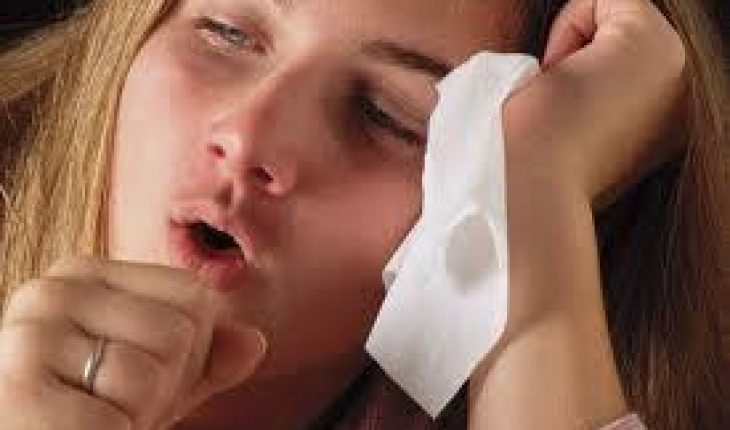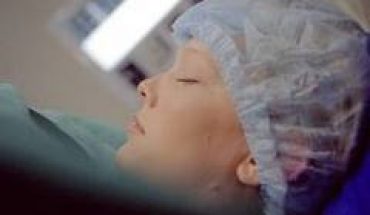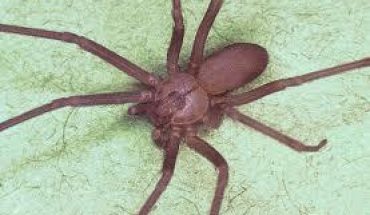Whooping Cough is also known as Pertussis. It is an infection of the respiratory tract and it is highly contagious. It is characterized by a cough that is followed by a high pitch intake of breath making a sound like a “whoop”, hence the name whooping cough. Whooping coughs symptoms appear and changes in stages.
The first whooping cough symptoms are experienced in the Catarrhal stage. They are:
- Runny nose
- Nasal congestion
- Sneezing
- Red, watery eyes
- A mild fever
- Dry cough
After a week or two these signs get worse. An infected person will now experience more severe and more prolonged coughing or fits that may result in:
- Thick phlegm
- Vomiting
- Red or blue face
- Extreme fatigue
A high pitched “whoop” sound in the breath of air that is taken after coughing. The “whoop” is produced as the patient struggles to breathe in.
These fits may be triggered by yawning, stretching, laughing, eating or yelling and can also occur on their own. They often occur in groups with many occurring every hour. This stage usually last for one to two weeks, then another stage is entered into called the convalescent stage.
Symptoms in this stage are:
- Decrease in the frequency and severity of coughing fits
- Vomiting ceases
Whoopingcoughsymptoms take three to twelve days to appear after a person has become infected. They usually resemble signs of the common cold and are generally mild at first. If the symptoms worsen then it is recommended to see a doctor.
CAUSES
The disease is caused by bacteria that is picked up from the air and breathed into the lungs. These bacteria are spread when an infected person sneezes or coughs. When the bacteria get into the airways, they multiply and reduce the respiratory tract’s ability to get rid of germs. As a result, thick mucus builds up in the airways and causes coughing. The bacteria also causes an inflammation that causes the breathing tubes in the lungs to become narrower which in turn causes the patient to gasp for air.
Whooping cough is prevalent because the vaccine that is given for it during childhood wears off over time. Another reason for widespread whooping cough is the fact that children are not fully immune to the condition until they have received at least three shots. Due to this reason, children who are six months and younger are at greater risk.
Treatment
Antibiotics are effective in treating whooping cough. They shorten the infectious period and reduce the severity of whooping cough symptoms especially when treated in the catarrhal stage. There is no available medication to effectively eliminate the cough associated with whooping cough. Over the counter cough medicines have little or no effect on whooping cough.
There are things that a patient can do to speed the healing process:
- Get adequate rest
- Drink plenty fluids
- Eat smaller meals
- Use a mist vaporizer to soothe irritated lungs and help get rid of respiratory secretions.





